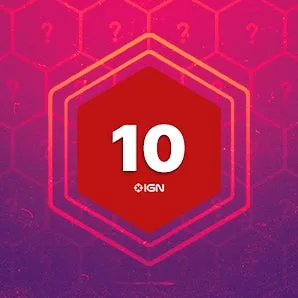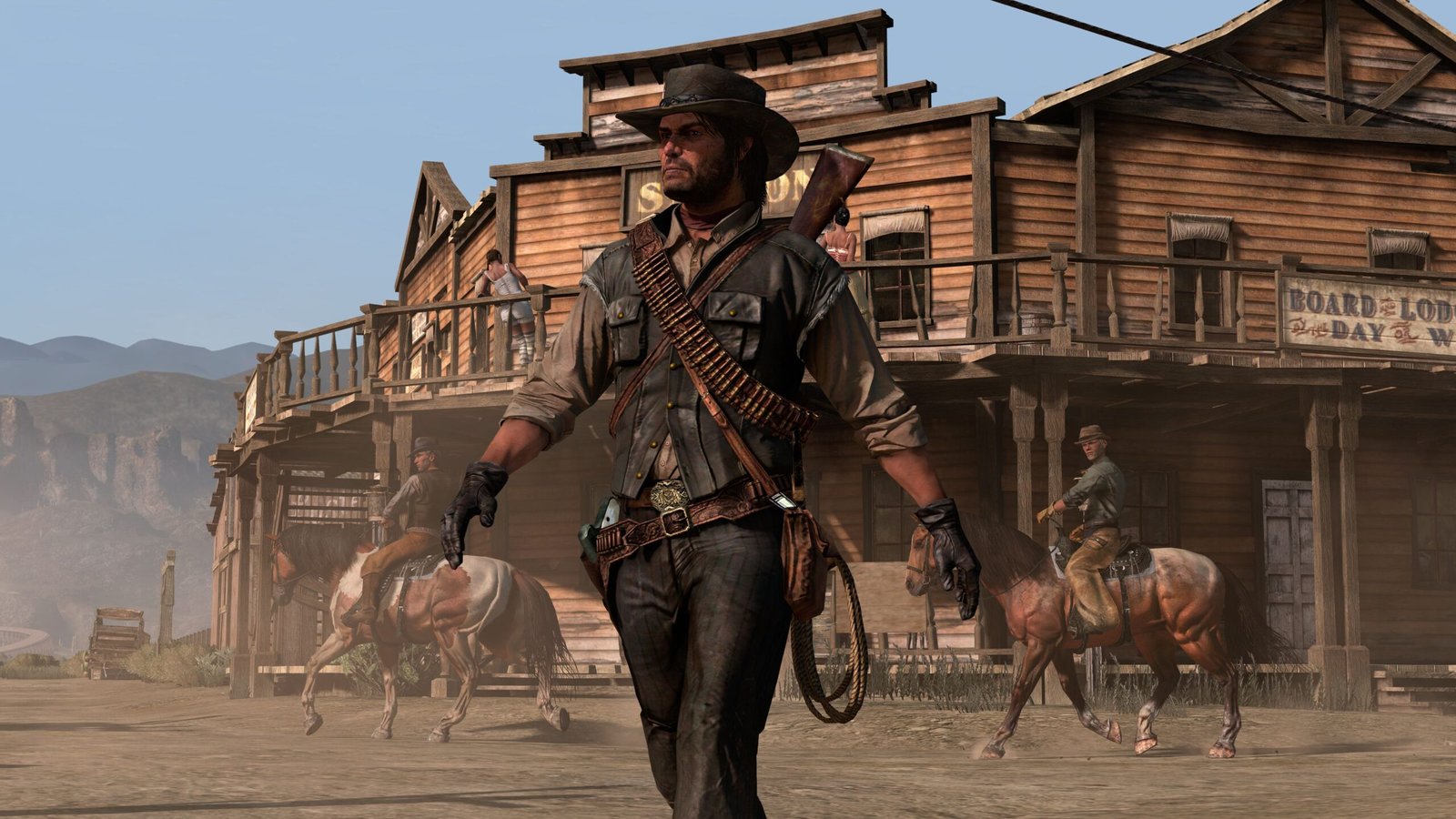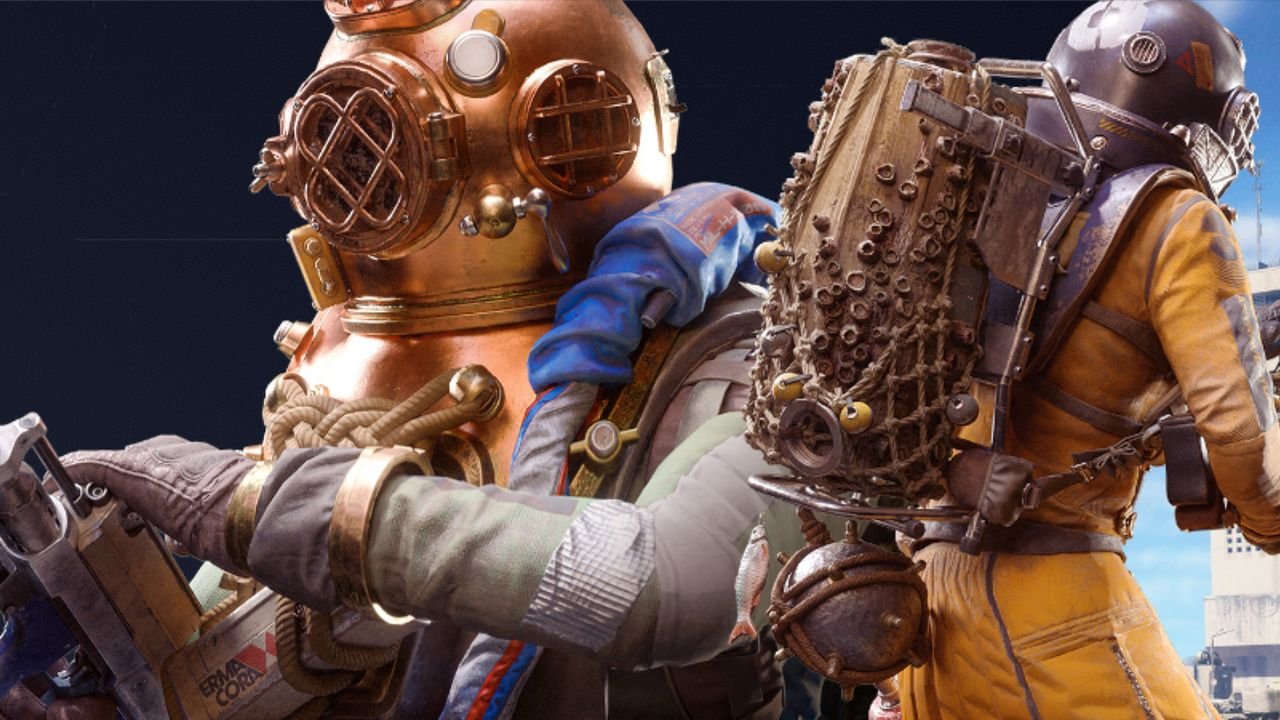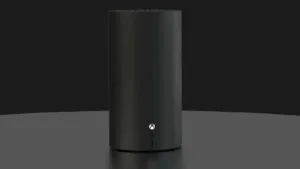How to Rate Games on IGN
While it’s not quite over yet, 2023 has certainly been an incredible year for game releases. Whether we look back on it as one of the greatest years in gaming history remains to be seen, but there’s a good chance we’ll be talking about The Legend of Zelda: Tears of the Kingdom, Baldur’s Gate 3, Metroid Prime Remastered, Alan Wake 2, Diablo IV, Street Fighter 6, and the Resident Evil 4 remake for years to come. We’ve given four games a 10 this year, and a further 27 have received a nine, so that puts it up there alongside great moments like 2004 (Halo 2, Half-Life 2, Metal Gear Solid 3: Snake Eater, GTA: San Andreas) or 1998 (The Legend of Zelda: Ocarina of Time, Half-Life, Starcraft, Resident Evil 2, Metal Gear Solid).
You may not always agree with our reviews (believe me, I’m aware of this), so some additional perspective from other players can be useful.
Earlier this year we rolled out a way for you to add your scores to the games in our database alongside our own as another element to help provide as much guidance as we can. You may not always agree with our reviews (believe me, I’m aware of this), so some additional perspective from other players can be useful. If you’re signed-in as a registered IGN user, when you go to any of our game pages – like, say, Baldur’s Gate 3 – you can hit the “Rate Game” button and there’s then a very quick multi-part process that you can zip through on either your phone or desktop.
As you can see in the screenshots below, the most important part comes first: simply give the game a rating on a scale of 1-10. If you’re managing your game collection through IGN Playlist the next tab will ask you to enter what platform you played it on. If you’re new to Playlist, it’ll pause here briefly and ask you what your current status with the game is. Are you actively playing it? Are you taking a break? Did you beat it? Or have you quit? (No one ever seems to pick that last option. Never surrender, right?) Then the system will ask you to give a thumbs up or down to specific aspects of the game – do you think the characters are great? Do you like the graphics? Does the balance suck? You don’t have to answer all of these, just give a thumbs up or down to the elements of the game that really stood out to you either positively or negatively. Finally, if you want to write up a brief review you can enter up to 2,000 characters sharing your thoughts on the game, but you can leave this blank if you don’t have anything further to say. Hit “next” from here, and it’ll give you a preview of your choices and then you can post.
Once you’ve submitted your review, it contributes to a few areas of IGN. First, all user reviews aggregate up to the main game page so it’ll appear in the main infobox there. Potentially (and hopefully, eventually) every game in our database could have an audience score. Secondly, for the really good stuff, these scores also drive our Icon Awards list, which is an entirely user-review driven greatest games of all time list. The greater the volume of high user scores a game receives, the further it moves up the list. Currently the top of this list is dominated by Zelda. The number one game is The Legend of Zelda: Tears of the Kingdom, followed by Red Dead Redemption 2, The Legend of Zelda: Ocarina of Time, Persona 5: Royal, and then The Legend of Zelda: Breath of the Wild.
If, like me, you’re grazing through that list and wondering where Baldur’s Gate 3 is, or why my beloved Elder Scrolls: Skyrim is somehow only number 30, then the best course of action is to rate the games that you really love.
Our goal with all of this stuff stems from our belief in the value of reviews as broad guidance for helping people choose what to play. Our hope for our game reviews is that they provide as much context as possible so you have plenty to go on. This includes ensuring our video reviews have as much illustrative gameplay footage as possible, that our screenshots show you exactly what the game looks like, and that we provide performance reviews where we can to show how things run on different hardware. We also try to ensure that we’re as transparent as possible about our review process, and that includes regular updates from our director of reviews, Dan Stapleton, about the challenges reviewers face. Since we launched IGN Playlist last year, we also include embedded lists to provide additional context about both the franchise the game is from (like where Super Mario Wonder fits into the bigger picture of Mario games) or the reviewer’s specific tastes (lists of their favorite games, or favorites within the genre of the reviewed game) so you can get a feel for what makes them tick. If you’ve not seen a Playlist before, I’ve embedded one below of all our best-reviewed games this year as an example. Supplementing all of this with a tool where you can share your scores and opinions on games too provides another important piece of context that we can include as part of our database, and incorporate into our other content. Maybe you can use this Playlist as a jumping off point to review some games.
John Davison is IGN’s publisher and editorial lead, and has been writing about games and entertainment for more than 30 years. He really does like Skyrim quite a lot.











Post Comment